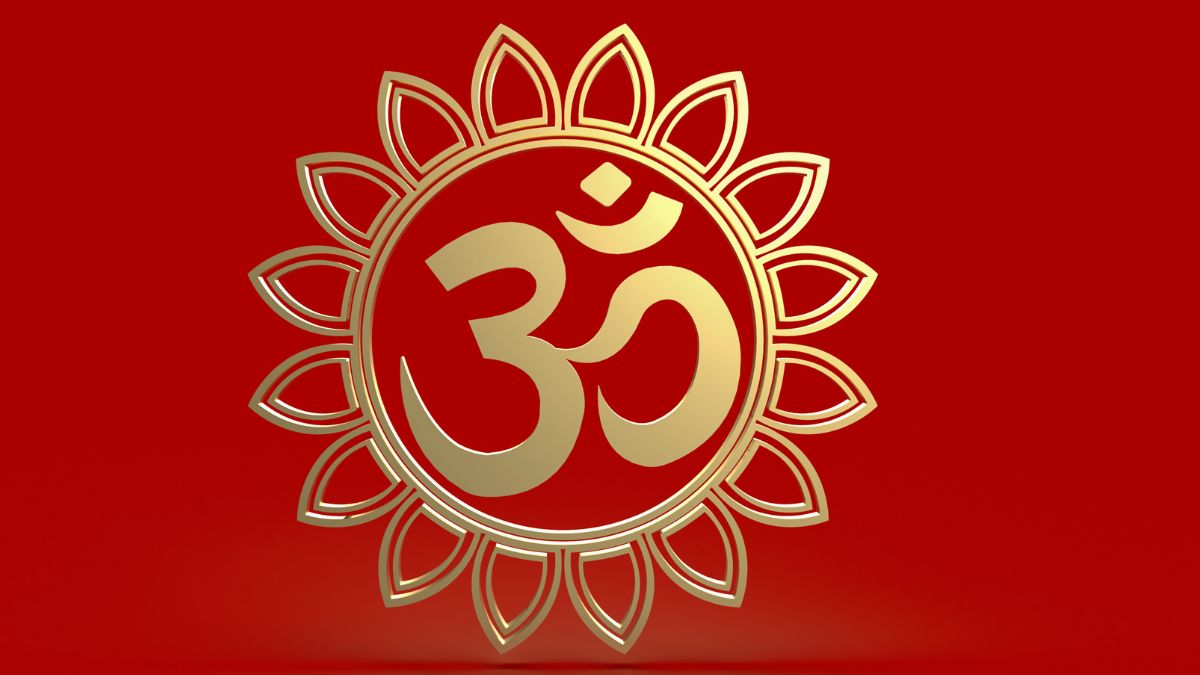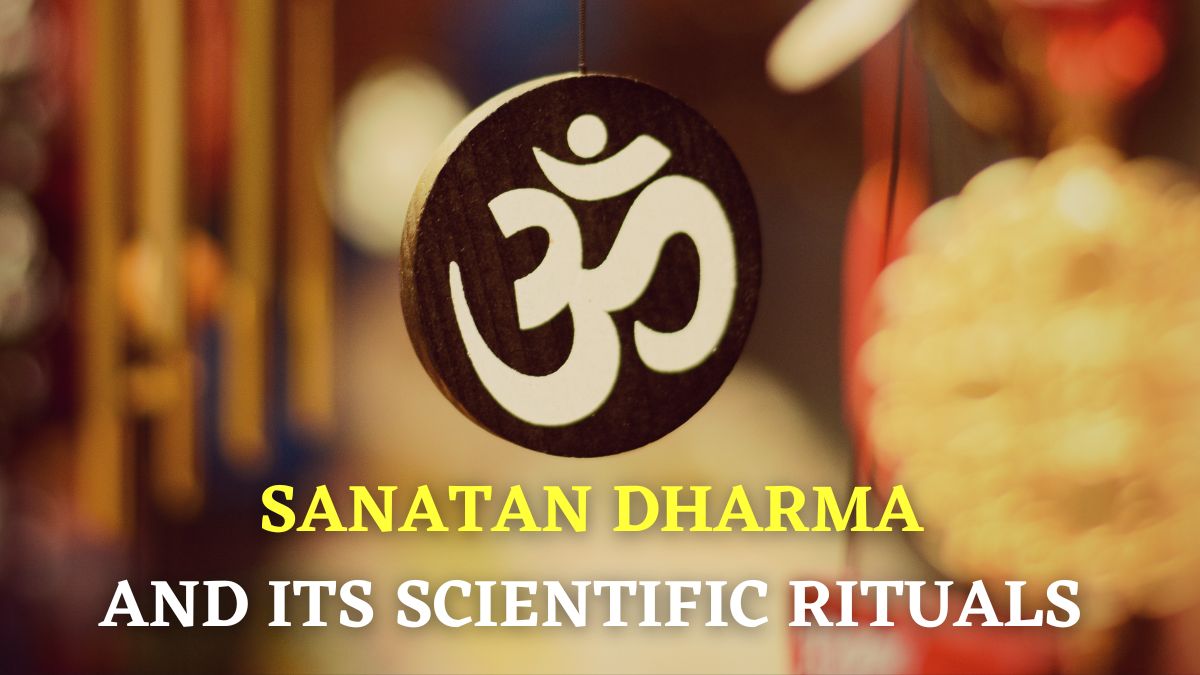- By Kashish Rai
- Sat, 09 Sep 2023 01:34 PM (IST)
- Source:JND
Sanatan Dharma: The word “Sanatana Dharma” is used in Hinduism to refer to the "eternal" or unchanging set of obligations or religiously mandated rituals that all Hindus, regardless of class, caste, or sect, must follow. Contrasted with svadharma, which refers to one's "own duty" or the specific obligations placed on a person based on their class, caste, or stage of life, is the Sanatan Dharma. In general, Sanatan Dharma comprises values like honesty, refraining from harming living things, purity, generosity, mercy, patience, tolerance, self-restraint, generosity, and asceticism. Thus, the term "Sanatana Dharma" has come to refer to the "eternal" truth and teachings of Hinduism, which are seen as transcending history, unchanging, and essentially nonsectarian. Here are certain rituals associated with Sanatan Dharma that have scientific relevance.

Sanatan Dharma: Rituals And Their Scientific Relevance
- Doing Namaskar - Sanatan Dharma has converted the scientific miracle of Namakar into an act of worship. Our fingertips contact as we practice Namaskar, or joining hands. The scientific reason behind it is that by pushing pressure points on the fingertips, which are connected to the ears, eyes, and brain, we may make sure we will remember the individual for a very long time.
- Lighting Diya - Every occasion is considered auspicious when a Diya is lit. We lit Diya to worship, either within the home or in temples. According to science, using cotton thread and Ghee/Oil destroys microorganisms in its immediate environment and infuses the home with positive energy.
- Using Turmeric In Puja - Antioxidant, antimicrobial, and anti-inflammatory properties are just some of the many benefits of turmeric. It strengthens the immune system, gets rid of any infections you might have, and speeds up wound healing.
- Reciting Mantras - Vedic mantras when uttered correctly, have a distinct and individual frequency vibration. Mantras are supposed to aid in improving attention and treating a variety of physical problems in human beings.
- Applying Tilak - Hindus apply Tilak to the forehead as a cultural tradition. The tilak is placed just in front of the pituitary gland and is done to keep the mind tranquil.
- Blowing Conch - Nearly every Hindu is familiar with the conch. The conch sounds are frequently made during Puja as part of the ritual. A conch's sound waves can eliminate bacteria and pathogens. It also eliminates all the negative energies in the environment.
- Chanting Om - The source of all truth, the universe's power plant is OM. We chant OM because we believe it to be extremely pure and sacred. Regular chanting of OM lowers heart rate, treats thyroid issues, and promotes alertness and peace of mind.
- Eating Food With Hands Instead Of Spoon - Eating with your hands makes your saliva glands more active, which promotes a healthier stomach and better digestion.
Also Read: Sanatan Dharma: Meaning, Rules And What The Bhagavad Gita Says About It
- Piercing Ear - An aspect of acupuncture therapy is ear piercing. When a pressure point in the ear lobe is pierced, it enhances the brain's capability and ability to function.
- Temple Bells - Bells have a distinctive sound that combines the functions of your left and right brain. It emits a sound wave when it rings that resonates long enough to reach seven healing centres in one’s body.
(Disclaimer: This is based on general public information. Jagran English does not confirm its veracity. Before adopting any measures, consult an expert from the relevant field.)

